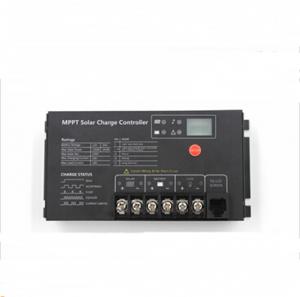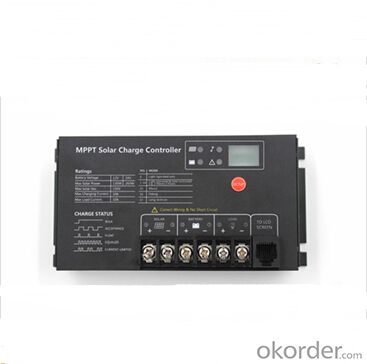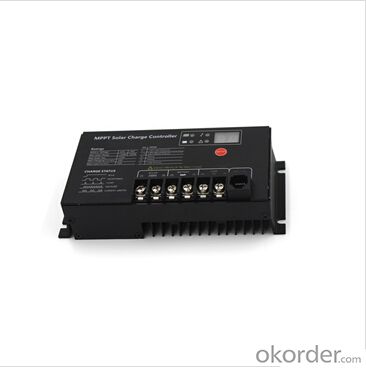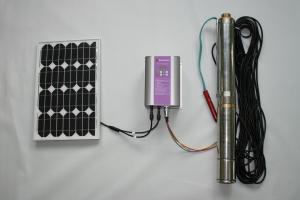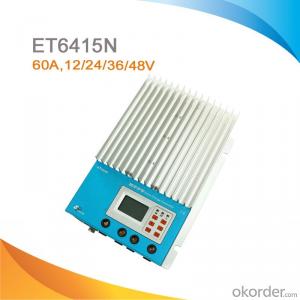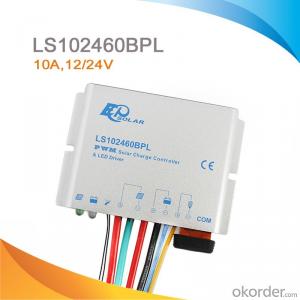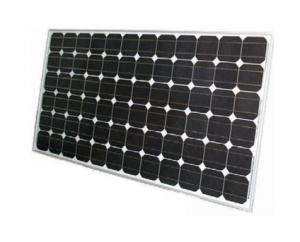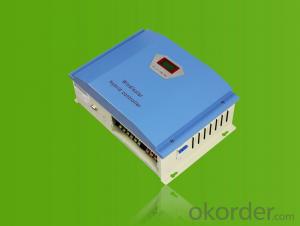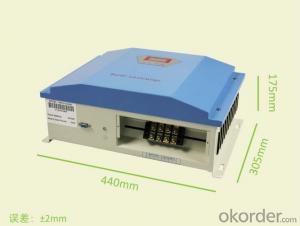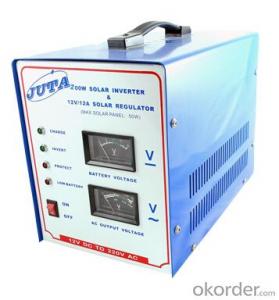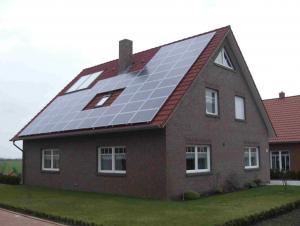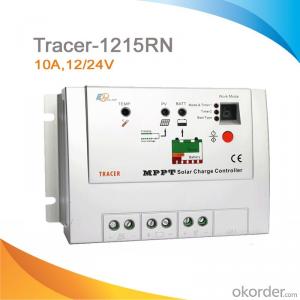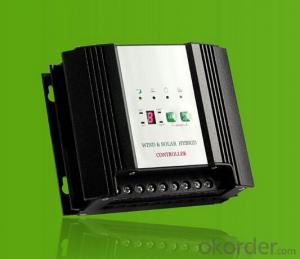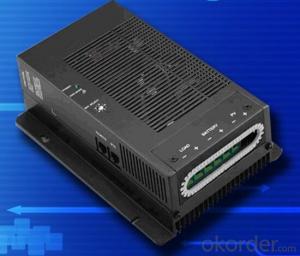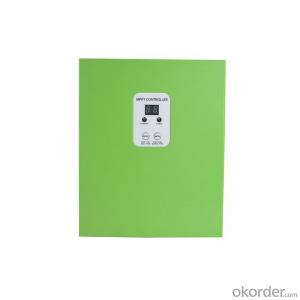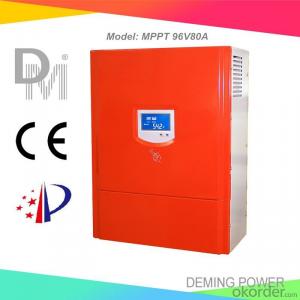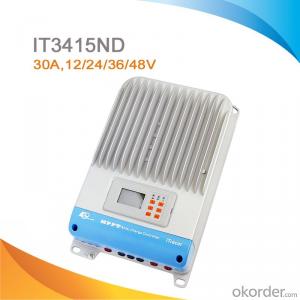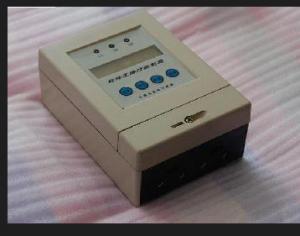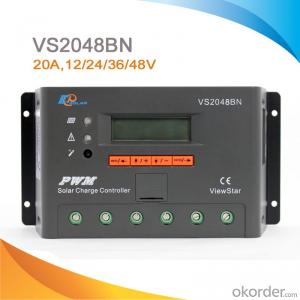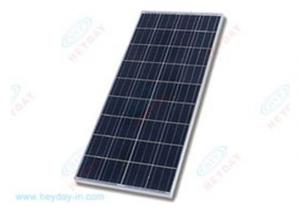Sunsaver Solar Controllers - Energy System Controllers 10A MPPT -12V/24V SR-MT
- Loading Port:
- China Main Port
- Payment Terms:
- TT or LC
- Min Order Qty:
- -
- Supply Capability:
- 10000 unit/month
OKorder Service Pledge
OKorder Financial Service
You Might Also Like
Features:
1. Mini size, high power density.
2. Various load control methods.
3. IP65 waterproof degree, metal shell.
4. Various system protection function.
5. Suitable use for home system and LED light.
6. The MPPT efficiency could reach up to 99.95%.
7. The energy conversion efficiency reach up to 97%.
8. The charging efficiency is 15%~20% higher than PWM mode.
9. With temperature compensation function to improve the life of the battery
10. Four stage charging mode:MPPT-equalizing charge-ascending charge-floating charge.
Electronic Protections:
·PV array short circuit
·Over discharging
·Over charging
·Load overload
·Load short circuit
·PV reverse polarity
·Battery reverse polarity
Name | Value |
System voltage | 12V/24V Auto |
Rated Load current | 10A |
Rated charging current | 10A |
Max input power(PV) | 130W/12V; 260W/24V |
No load loss | <10mA |
Solar input voltage | < 55V |
Transfer efficiency | ≤97% |
MPPT tracking efficiency | >99.92% |
Over voltage protection | 16.5V;×2/24V |
Charging limited voltage | 15.5V;×2/24V |
Equalizing charging voltage | 15.2V;×2/24V(25°C) |
Equalizing charging interval | 30 days |
Boost charging voltage | 14.4V;×2/24V(25°C) |
Float charging voltage | 13.8V;×2/24V(25°C) |
Return voltage for over-discharging | 12.5V;×2/24V |
over-discharging voltage | 11.0V;×2/24V |
Boost voltage charging time | 2hous |
Equalizing voltage charging time | 1hour |
Temperature compensation | -4.0mv/°C/2V; |
Over Temperature protection | 80°C |
Light-control open voltage | 5V |
Light-control close voltage | 6V |
Lighting control delay | 5min |
Working temperature | -35°C~ +65°C; |
Waterproof degree | IP65 |
Weight | 380g |
Dimensions | 143×71× 36(mm)(L×W×H) |
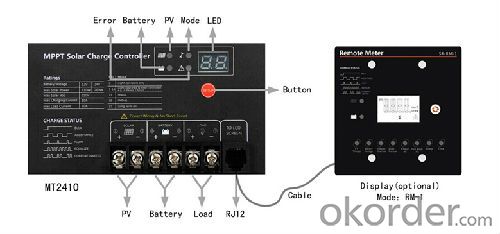
Warrenty
provides a 1~3 year limited warranty (“Warranty”) against defects in materials
and workmanship for its Uninterruptible power supply, Power inverter/chargers,
Solar charge controllers, Battery Products (“Product”).
The term of this Warranty begins on the Product(s) initial purchase date,
or the date of receipt of the Product(s) by the end user, whichever is later.
This must be indicated on the invoice, bill of sale, and/or warranty registration
card submitted to MUST-Solar. This Warranty applies to the original MUST-Solar Product purchaser,
and is transferable only if the Product remains installed in the original use location.
FAQ:
Q1. What is the voltage?
A1. Our 45/60A solar charge controller is 12/24/36/48V auto work.
Q2. What is the difference between MPPT&PWM?
A2. MPPT has higher efficiency, it can track the max power point and won't waste energy.
Q3. What is the efficiency of the MPPT controller?
A3. MPPT>99%, peak conversion efficiency>98%.
- Q: What is the role of a solar controller in preventing damage to the solar panels from environmental pollutants?
- The significance of a solar controller in safeguarding solar panels against harm caused by environmental pollutants cannot be overstated. Over time, pollutants like dust, dirt, pollen, and bird droppings can accumulate on the surface of the panels, diminishing their efficiency and overall performance. A solar controller, a device responsible for regulating and monitoring the charging and discharging of the solar panel's battery, plays a crucial role in ensuring the panels remain clean and fully functional. One of the primary tasks of a solar controller is to regulate the battery charging process. By carefully managing the flow of electricity from the panels to the batteries, it guarantees that the batteries receive the appropriate amount of charge without being overcharged. This prevents unnecessary strain on the panels caused by excessive electrical flow, which could potentially lead to damage. Furthermore, many modern solar controllers have sophisticated monitoring systems capable of detecting any fluctuations in the panels' efficiency. If a decrease in efficiency is detected, the controller can promptly alert the user, indicating a buildup of environmental pollutants on the surface of the panels. This timely information empowers the user to take action and clean the panels before any significant damage occurs. Moreover, select solar controllers are equipped with built-in cleaning mechanisms or interfaces that can be connected to automatic cleaning systems. These systems can be programmed to periodically or on-demand clean the solar panels, effectively eliminating any accumulated pollutants and ensuring maximum efficiency. In conclusion, the role of a solar controller in preventing damage to solar panels caused by environmental pollutants is diverse. It regulates the charging process, monitors efficiency, and provides alerts or interfaces for cleaning systems. By effectively managing these aspects, solar controllers help maintain the cleanliness and longevity of the panels, ultimately maximizing their performance and energy generation potential.
- Q: How does a solar controller handle variations in solar panel cleaning frequency?
- A solar controller does not directly handle variations in solar panel cleaning frequency. Its main function is to regulate and optimize the charging and discharging of the battery in a solar power system. However, a well-maintained and clean solar panel will generally provide more efficient energy conversion, which can lead to improved battery charging. Therefore, it is recommended to clean solar panels regularly to maximize their performance and overall system efficiency.
- Q: Are there any safety precautions I should take when using a solar controller?
- Yes, there are a few safety precautions to consider when using a solar controller. Firstly, ensure that the solar controller is properly installed and connected according to the manufacturer's instructions. Additionally, it is important to protect the controller from extreme weather conditions, such as excessive heat or moisture, as it can damage the device. Furthermore, always use the appropriate cables and connectors to prevent any electrical hazards. Lastly, it is advisable to regularly inspect the controller for any signs of damage or malfunction and promptly address any issues.
- Q: What is the maximum number of battery types supported by a solar controller?
- The maximum number of battery types supported by a solar controller can vary depending on the specific model and brand. However, most solar controllers typically support a range of battery types, such as lead-acid, lithium-ion, gel, and AGM batteries. It is essential to check the specifications of the solar controller to determine the exact number of battery types it can accommodate.
- Q: What is the purpose of the battery state of health monitoring feature on a solar controller?
- The purpose of the battery state of health monitoring feature on a solar controller is to ensure optimal performance and longevity of the battery. It allows the controller to accurately measure and track the health of the battery over time, providing valuable information on its overall condition and capacity. By monitoring the battery state of health, the solar controller can take appropriate actions to maintain and prolong the battery's lifespan, such as adjusting charging and discharging parameters, preventing overcharging or deep discharge, and alerting the user if any issues arise. This feature helps users to maximize the efficiency and reliability of their solar system, as well as avoid potential battery failures or degradation.
- Q: How does a solar controller prevent overcharging?
- A solar controller prevents overcharging by regulating the amount of current and voltage going into the battery from the solar panels. It monitors the battery's state of charge and adjusts the charging process accordingly, ensuring that the battery is not subjected to excessive voltage or current that can lead to overcharging and potential damage.
- Q: Can a solar controller be used with a solar-powered water desalination system?
- Yes, a solar controller can be used with a solar-powered water desalination system. A solar controller is responsible for regulating the flow of electricity from the solar panels to the system, ensuring optimal efficiency and preventing overcharging or damage to the batteries. In a solar-powered water desalination system, the solar controller would play a crucial role in managing the power supply to the system and ensuring the smooth operation of the desalination process.
- Q: What is the maximum load capacity that a solar controller can handle?
- The maximum load capacity that a solar controller can handle depends on its make and model. The load capacity is typically specified by the manufacturer and can vary greatly. It is important to consult the product specifications or contact the manufacturer for accurate information regarding the maximum load capacity of a specific solar controller.
- Q: Can a solar controller be used in a solar-powered electric fence system?
- Yes, a solar controller can be used in a solar-powered electric fence system. A solar controller helps regulate the charging and discharging of the batteries in the system, ensuring efficient and effective operation of the electric fence.
- Q: Solar controller can not charge what is the reason the electric power will be less than the inverter with no fixed freezer! Solar energy simply did not charge into the electricity
- Float control point voltage: the general charge is completed, the battery is also standing for some time, so that the end voltage naturally fall, when the drop to the "maintenance voltage" point, it entered the float state, are currently using PWM (both Pulse width modulation), similar to the "trickle charge" (that is, a small current charge), a low battery voltage to charge a little, a low charge on the point, an share of a place to avoid the battery temperature continues to rise, This is very good for the battery, because the internal temperature of the battery charge and discharge a great impact. In fact, the PWM method is mainly designed to stabilize the battery terminal voltage, by adjusting the pulse width to reduce the battery charge current. This is a very scientific charge management system. Specifically, at the end of the charge, when the remaining capacity of the battery (SOC)> 80%, it is necessary to reduce the charging current to prevent excessive release (oxygen, hydrogen and acid gas) due to overcharging.
Send your message to us
Sunsaver Solar Controllers - Energy System Controllers 10A MPPT -12V/24V SR-MT
- Loading Port:
- China Main Port
- Payment Terms:
- TT or LC
- Min Order Qty:
- -
- Supply Capability:
- 10000 unit/month
OKorder Service Pledge
OKorder Financial Service
Similar products
Hot products
Hot Searches
Related keywords
